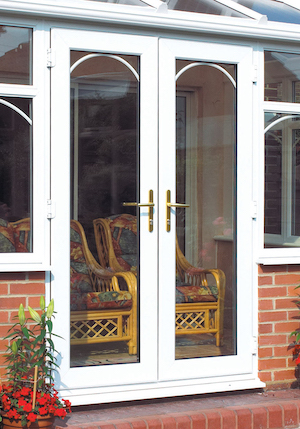french-door-repair-diy1818
french-door-repair-diy1818
The Ultimate Guide To French Door Installation
A Comprehensive Guide to French Door Installation
French doors are a popular architectural function that adds sophistication, style, and functionality to any home. These doors not only produce a smooth transition in between indoor and outside spaces but likewise boost natural light, making a space feel more large. This short article will guide homeowners through the French door installation procedure, supplying essential tips, detailed directions, and responses to frequently asked questions.
What Are French Doors?
French doors normally include a pair of doors that are depended upon either side and open external or inward, developing a broad entranceway. They feature large glass panels and are typically utilized to connect an interior space to the patio or garden. Homeowners appreciate their visual appeal and functionality, as they can introduce fresh air and light into the home.
Tools and Materials Needed for Installation
Before starting the installation of French doors, it is essential to collect the necessary tools and products. Here’s what you will require:
Tools:
- Measuring tape
- Level
- Hammer
- Screwdriver
- Drill
- Circular saw (if cutting is needed)
- Pry bar
- Caulking gun
- Security glasses
- Stud finder
Products:
- French door system (pre-hung)
- Shims
- Wood screws
- Exterior door hinges
- Weather removing
- Cut molding
- Paint or stain (if preferred)
Step-by-Step Installation Guide
The process of setting up French doors can be broken down into numerous key steps.
1. Preparation
- Select the Right Doors: Ensure that the French doors you have actually selected fit the opening.
- Get Rid Of Old Door: If changing an existing door, use a pry bar to remove it and take out any trim.
- Clean the Door Frame: Ensure the frame is clean and totally free of debris for a much better fit.
2. Step the Opening
- Inspect the Dimensions: Measure the height and width of the door opening to confirm it lines up with the French door system requirements.
- Look for Level: Use a level to guarantee the opening is even. If it is not, adjustments might need to be made.
3. Install the Door Frame
- Position the Frame: Place the French door frame into the opening, guaranteeing it is level both horizontally and vertically.
- Place Shims: Use shims to secure the frame. Put them at the hinge locations and along the latch side.
- Protect the Frame: Once the frame is level and plumb, connect it to the existing structure with wood screws through the frame into the wall studs.
4. Attach the Doors
- Set up Hinges: Depending on the design, attach the hinges to the side of the frame and the doors.
- Hang Doors: Lift each door into place and secure it with screws.
- Check the Operation: Open and close the doors to ensure they move smoothly without rubbing against the frame.
5. Include Weather Stripping
- Seal Gaps: Install weather condition stripping around the door trim to avoid drafts and improve energy efficiency.
6. Complete the Installation
- Include Trim: Attach trim molding around the door frame for a sleek appearance.
- Paint or Stain: If desired, paint or stain the doors and trim to match the existing decoration.
7. Check and Clean
- Final Check: Ensure all screws are tight and the door runs correctly.
- Tidy up Debris: Remove any tools and debris from the workspace.
Advantages of Installing French Doors
- Increased Natural Light: French doors are mostly made from glass, permitting abundant natural light to enter your home.
- Improved Aesthetics: They add a touch of elegance and elegance to any space.
- Improved Airflow: When opened, French doors produce a breezy and open environment.
- Energy Efficiency: Modern French doors include energy-efficient glass, reducing cooling and heating costs.
- Increased Property Value: Installing trendy French doors can improve a home’s resale value.
Frequently Asked Questions About French Door Installation
1. The length of time does it require to set up French doors?
The installation procedure can take anywhere from a few hours to a full day, depending on the property owner’s experience and whether any customized modifications are needed.
2. Do I require a license to install French doors?
In many locations, a permit is not required for door replacements. Nevertheless, it’s suggested to check regional structure codes before beginning installation.
3. Can I install French doors by myself?
While DIY installation is possible, it may be advantageous to employ a friend for support, specifically during lifting and positioning the door.
4. What should I do if my door frame is not square?
If the door frame is not square, you might need to use extra shims or consider re-installing the frame to guarantee the doors run correctly.
5. How do I keep my French doors?
Routine cleaning of the glass and hinges, along with routine checks of weather condition stripping and seals, will help keep the performance and appearance of your French doors.

Installing French doors can significantly improve the aesthetic appeal and performance of a home. With correct preparation and attention to information, property owners can successfully set up these stylish doors and take pleasure in the benefits they bring. Whether looking for to improve energy efficiency or merely bask in the beauty of natural light, French doors are a classic addition to any house.
By following the steps described in this guide and understanding the benefits and maintenance, property owners can welcome the elegance of French doors for several years to come.
